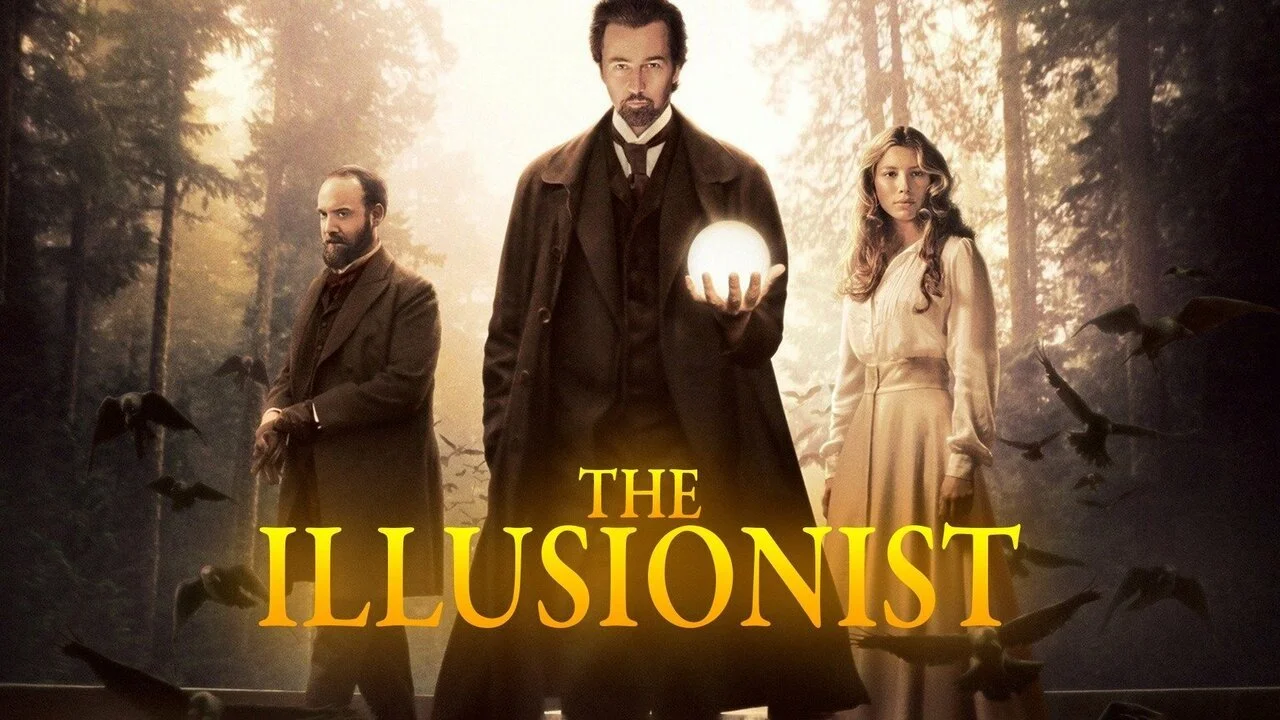What is Magic and how can we use it every day?
In the last few days, I’ve been on a deep dive into movies about Magic. And that’s just how I am: when I get obsessed with a topic, I want to go all in and learn everything about it. Movie after movie, I realised that many of the rules of magic also work for storytelling.
Now you see me (2013, 2016)
In Now You See Me, Daniel Atlas, one of the main characters, describes magic like this:
“Magic takes everything you think you know and turns it upside down.” Daniel Atlas
A concept that applies perfectly to stories: take your audience’s expectations and, at some point, surprise them.
In the same film, Atlas adds:
“The first rule of magic: be smarter than the person watching you. But be warned: the closer you look, the less you’ll see.”
It’s a valuable reminder for storytellers, too: if you reveal the mechanism too soon, if you let the audience “get too close” to the structure, the effect fades. In magic, as in storytelling, you shouldn’t reveal everything right away: the secret is to give enough to spark curiosity, but not so much that you dismantle the enchantment.
The Illusionist (2006)
Watching The Illusionist brought me back to a moment that happened to me, years ago, during a magic show. Before starting his trick, the magician told the audience:
“For the next few minutes, you can close your eyes and never know how the trick was done, keeping the magic forever. Or you can keep them open, figure out the mechanism… and lose the magic forever.”
In that moment, I knew that if I looked, I would discover the trick, but I would also lose that sense of wonder forever. I chose not to look. And maybe that’s why The Illusionist resonates with me so much: because, just like in storytelling, sometimes the real value lies in staying within the enchantment, not b
The Prestige (2006)
The Trick in Three Acts: Christopher Nolan, in The Prestige, reminds us that every great magic trick is made up of three parts. This structure works perfectly for storytelling, too.
1️⃣ The Pledge: The Act of the Promise.
The magician shows something seemingly simple and familiar: a deck of cards, an empty hat, a coin. It’s the moment when the audience lowers its guard.
Storytelling: introduce a recognisable context to hook the audience. It could be an everyday situation, a familiar problem, or a universal emotion. Example: Open a presentation by discussing a common challenge in the industry, using language and images that resonate with the audience’s own experiences.
2️⃣ The Turn – The Act of Transformation
The magician takes what was familiar and transforms it. An object disappears, doubles, or flies.
Storytelling: introduce an unexpected element: a surprising fact, an insight that flips assumptions, or a narrative twist. Example: after describing the current situation, reveal an opportunity that’s completely off the radar or a surprising success story.
3️⃣ The Prestige – The Act of Revelation
This is the final twist, the one the audience will remember and retell.
Storytelling: close with a revelation that not only surprises but also gives meaning to everything that came before. It should be a logical conclusion, even if it’s unexpected. Example: after guiding the audience through a problem and a series of discoveries, reveal an elegant, simple, and perfectly coherent solution, the kind that makes people say: “It was right there, but we didn’t see it.”
Key Takeaway: In magic, each phase is carefully prepared, invisible to the audience. In storytelling, it’s the same: the “trick” is in the design, deciding what to show, what to hide, and when to reveal it. Without a credible Pledge, the Turn doesn’t surprise. Without a strong Turn, the Prestige loses its magic.
The Lesson from Derren Brown
If there is one mentalist worth checking out, this is Derren Brown, who has dedicated his life to studying illusion and perception. Looking at his shows, you really start to believe that anything is possible and that magic does exist.
“The trick is never the trick. The real secret is how I make you feel. ”
And perhaps this is the greatest truth magicians and storytellers share: it’s not just about what you show, but about what you make your audience experience. As Maya Angelou famously said:
“People will forget what you said, people will forget what you did, but people will never forget how you made them feel.”
In the end, magic, like storytelling, is a delicate balance between what is revealed and what remains hidden. It’s the art of guiding attention, crafting wonder, and letting your audience step into a space where reality bends just enough to spark the imagination.
Perhaps the real trick is not to make them believe in magic, but to let them feel it. Because long after the story is over or the curtain falls, they may not remember every word or every move, but they will remember the wonder you left behind.
This article is part of From Page to Stage: a series exploring how the books we read can shape the way we think, communicate and design stories for the stage of business and life.
Curious to bring more clarity, emotion
and intention into your communication?
Discover how I support brands and leaders in crafting stories that move people.





